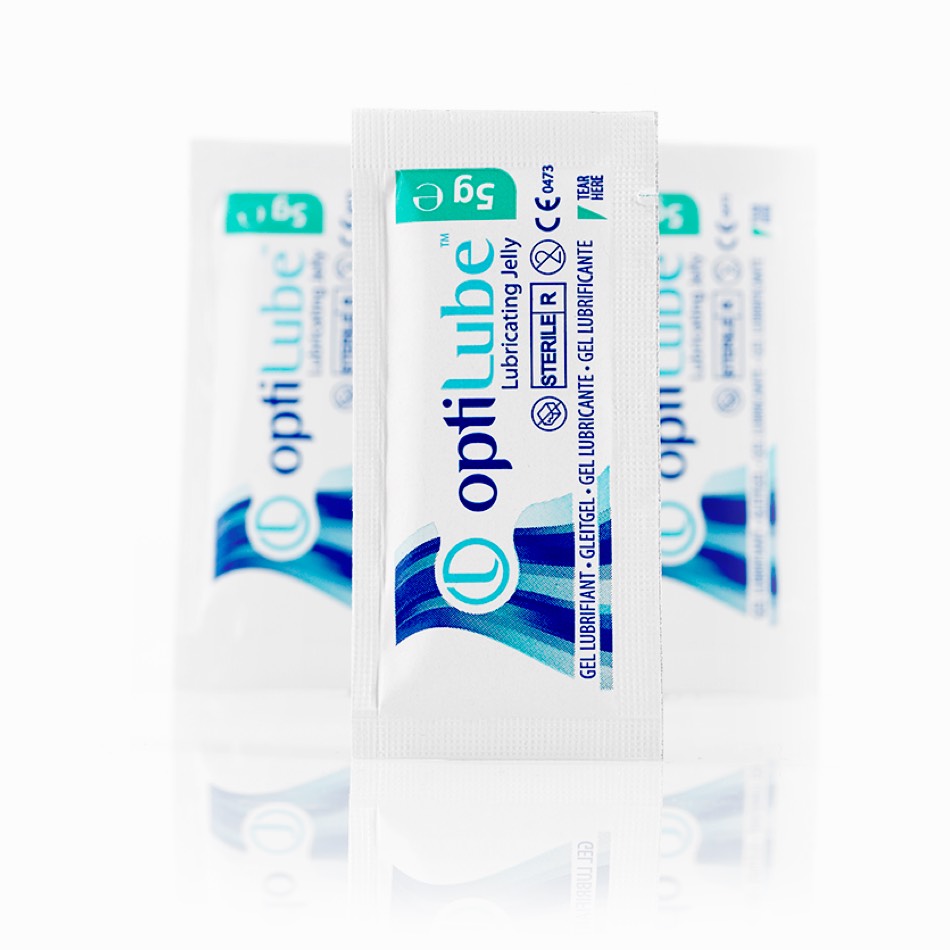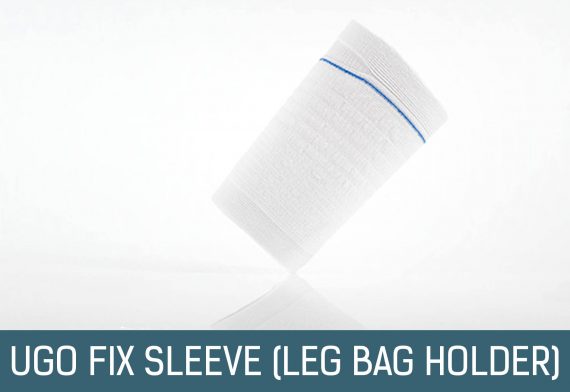Infection Control
Healthcare Associated Infections (HCAI) pose a serious risk to patients, staff and visitors. They can cause a risk to life to those infected and a significant cost to the hospital. As a result, infection prevention and control should be a key priority for any clinical setting.
Healthcare Associated Infections can develop as a result of direct contact with a healthcare setting such as medical or surgical treatment, or as a result of healthcare delivered in the community.
The term HCAI covers a wide range of infections. The most well-known include those caused by methicillin-resistant Staphylococcus aureus (MRSA), Clostridium difficile (C. difficile) and Escherichia coli (E coli), and more recently the threat from antibiotic-resistant bacteria is growing significantly.
It’s estimated the over 300,000 patients a year in England are infected with a HCAI at a cost of approximately £1 billion per year to treat. It’s estimated that as many as 5,000 people a year die from HCAIs across the UK [1].
If HCAIs were reduced in NHS hospitals, the £1 billion could be used to run the entire NHS in English, Scotland, Wales and Northern Ireland for 3 days and could reduce overspend by the NHS by 30% – which is why the NHS has put in place an Infection Prevention Framework, which was rolled out in 2008 with a zero tolerance approach to infection control [2].
In addition to the cost associated with treating the HCAI this has a tremendous impact on resources, causes greater discomfort for the patient and results in a decrease in patient safety.
How can OptiLube sterile lubricating jelly promote infection control?
OptiLube single use tubes, sachets and syringes promote advanced infection prevention; the sterile single-use formats prevent the risk of patient to patient contamination. One sachet/tube/syringe per patient, reduces waste and cost.
OptiLube tubes and sachets are recommended for use across a wide range of clinical areas:
Urology
“When I’m looking for a gel to use, I want that gel to be quite viscous so that it doesn’t drip off the instrument. It needs to be sterile so that it doesn’t introduce infection into the patient.” Ms Anne Marie Davies, Consultant Urologist
Gastroenterology
“It would be utterly inappropriate to reuse any lubricant and completely contravene all the standards of decontamination that are ingrained in the practice of gastroenterology and endoscopy in particular.” Dr John Greenaway, Consultant Gastoenterologist
Anaesthesiology
“We use sterile sachets of gel and that’s to make sure we don’t transfer any infection or secretions from one patient to another and also, so we don’t introduce any infection from gels that have been lying around open for some time and then transfer them into the airways or oesophagus of the patient.” Dr David Duthie, Consultant Anaesthesist
Hepatology
“I think single use gel is of benefit to reduce the risk of cross contamination and reduce the risk of hospital acquired infection which is a major problem for healthcare economies throughout the world.” Dr Mark Aldersley, Consultant Hepatologist
Gynaecology
“I think it is very important to use single use sachets. They are less likely to get contaminated or be exposed to any bacteria and they are very easy to carry around.” Ms Hayley Edwards, Senior Registrar in gynaecology
How can sterile lubricating jelly promote infection control?
When using a lubricating substance, it’s essential the lubricating jelly is formulated to not damage or degrade the medical equipment. Degradation of rubber or metal increases the chance of infection and reduces the lifespan of the equipment. Oil, wax or petroleum jelly have been known to damage medical equipment and leave behind residue.
OptiLube sterile lubricating jelly has been specifically formulated to adhere to gloves and instruments to ensure optimum lubrication for insertion into the body cavity. The water-based formula will not damage rubber or metal equipment and will be naturally absorbed into the body, leaving behind no residue following the procedure.
References
1. NICE. 2016. Healthcare-associated infections. [ONLINE] Available at: https://www.nice.org.uk/guidance/qs113/resources/healthcareassociated-infections-pdf-75545296430533. [Accessed 10 February 2019].
2. NCBI. 2015. A decade of investment in infection prevention: A cost effectiveness analysis. [ONLINE] Available at: https://www.ncbi.nlm.nih.gov/pmc/articles/PMC4743241/. [Accessed 10 February 2019].


